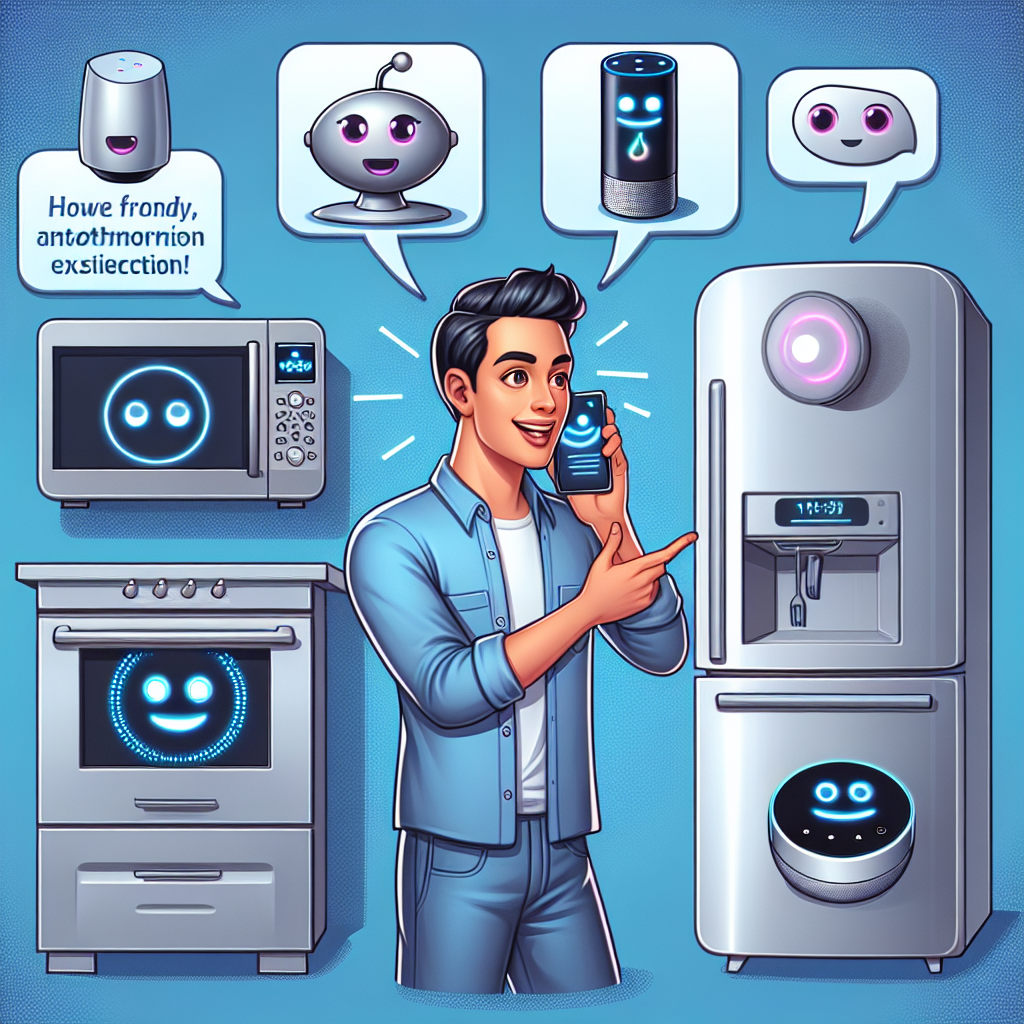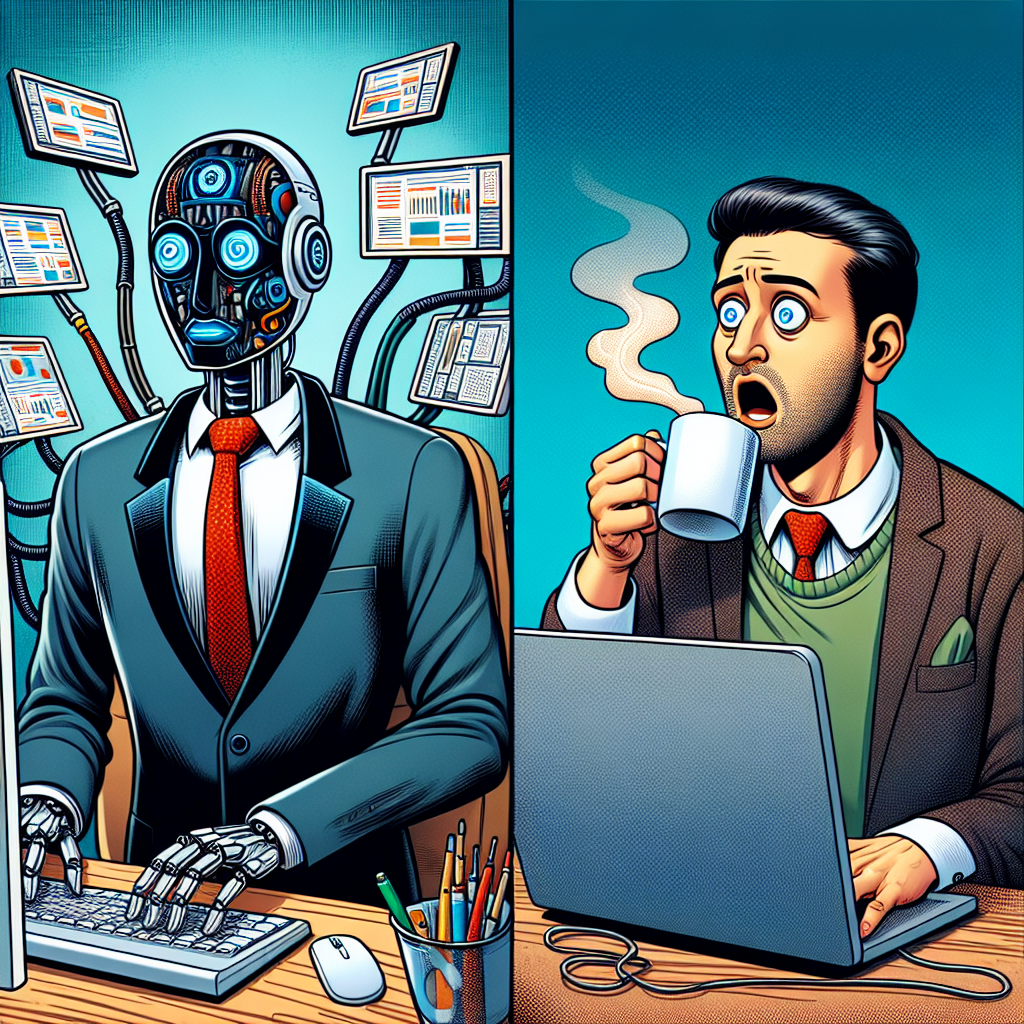In a world where technology moves at lightning speed, the ability to create powerful software applications has traditionally been reserved for those with specialized coding skills. But what if that barrier no longer existed? Enter AI SaaS creation platforms – revolutionary tools that are changing the game by allowing virtually anyone to build intelligent applications without writing a single line of code.
These platforms represent a significant shift in how we approach software development, bringing the power of artificial intelligence to entrepreneurs, small business owners, and professionals across all industries – regardless of their technical background. By democratizing access to cutting-edge technology, AI SaaS creation platforms are opening doors that were previously locked to all but the most technically skilled.
The Democratization of App Development
The traditional app development process often involves months of coding, testing, and debugging – requiring specialized teams and substantial investment. AI SaaS creation platforms flip this model on its head, offering intuitive interfaces where users can drag, drop, and configure components to build sophisticated applications.
For individual entrepreneurs working solo, this means being able to bring ideas to life without hiring expensive developers. Small businesses and startups can now create custom solutions tailored to their specific needs without draining their limited resources. Even developers benefit from these platforms, as they can rapidly prototype and deploy applications, focusing on innovation rather than repetitive coding tasks.
“The democratization of technology through low-code platforms is perhaps one of the most significant shifts in software development we’ve seen in decades,” notes a recent industry report. “It’s akin to how word processors made writing accessible to everyone beyond professional typists.”
The Power of AI Integration in SaaS Applications
⚡ AI Supercharges Applications
When artificial intelligence capabilities are seamlessly integrated into SaaS platforms, ordinary applications become extraordinary tools.
What truly sets modern low-code platforms apart is their seamless integration of artificial intelligence capabilities. This integration brings several game-changing advantages to applications built on these platforms:
Enhanced Automation
AI-powered automation can handle complex, repetitive tasks that would otherwise require human intervention. For example, an invoice processing application built on an AI SaaS creation platform could automatically extract relevant information from documents, categorize expenses, and flag anomalies – all without manual input.
Personalization at Scale
Applications can now deliver highly personalized experiences to each user by analyzing behavior patterns and preferences. A small business owner could create a customer service portal that remembers individual customer preferences and adapts responses accordingly, providing enterprise-level service without enterprise-level resources.
Data-Driven Insights
AI excels at analyzing large datasets to uncover actionable insights. Low-code platforms make these capabilities accessible, allowing users to incorporate predictive analytics and recommendation engines into their applications. A marketing professional could build a campaign analysis tool that not only tracks performance but also suggests optimization strategies based on historical data.
The beauty of low-code platforms lies in how they abstract away the complexity. Rather than requiring users to understand the intricacies of machine learning algorithms or data preprocessing, they present AI capabilities as ready-to-use components that can be incorporated with simple visual interfaces.
Customizable AI Digital Workers: Your Virtual Team Members
🤖 Your Digital Workforce
Imagine having specialized team members dedicated to specific tasks, available 24/7, and constantly improving through machine learning.
One of the most exciting developments in the AI SaaS landscape is the emergence of customizable AI digital workers. These are specialized AI systems designed to handle specific tasks or workflows, effectively serving as virtual team members that never sleep, take breaks, or make careless errors.
Think of these digital workers as focused specialists: a content creation assistant that generates blog posts and social media updates; a data analyst that continuously monitors business metrics and alerts you to important trends; or a customer service representative that handles routine inquiries while escalating complex issues to human team members.
The key advantage of these digital workers is their customizability. Using AI SaaS creation platforms, users can configure these virtual assistants to align perfectly with their business processes and brand voice. A small accounting firm, for instance, could create digital workers that handle client onboarding, basic tax preparation, and follow-up communications – all while maintaining the firm’s professional tone and adhering to industry regulations.
“Our research shows that organizations implementing customizable AI digital workers see an average productivity increase of 27% in affected workflows,” states a recent productivity study. “More importantly, these digital workers free human employees to focus on creative and strategic tasks that drive greater business value.”
For small teams and individual entrepreneurs, these digital workers represent a way to scale operations without scaling headcount – a virtual workforce that expands capabilities while keeping costs manageable.
User-Friendly AI Tools for Everyone
What truly separates today’s AI SaaS creation platforms from earlier generations of development tools is their focus on user-friendliness. The goal is simple: make powerful technology accessible to everyone, regardless of technical background.
💡 Accessibility is Key
Today’s AI platforms are designed with user experience at their core, removing traditional barriers to technology creation.
This accessibility manifests in several ways:
- ✓ Intuitive visual interfaces that use familiar concepts like dragging and dropping components
- ✓ Plain language configuration instead of complex coding syntax
- ✓ Pre-built templates and scenarios that users can adapt to their specific needs
- ✓ Intelligent assistance that guides users through the creation process
These features combine to create an environment where someone with domain expertise but limited technical skills can still create sophisticated applications. A restaurant owner who understands the challenges of inventory management can build an AI-powered system to optimize ordering and reduce waste, without needing to understand the underlying algorithms.
“The most powerful aspect of user-friendly AI tools isn’t just that they make technology accessible,” explains a digital transformation expert. “It’s that they allow people with deep industry knowledge to directly implement solutions without their ideas being filtered through technical intermediaries who may not fully understand the business context.”
This democratization of technology is perhaps the most revolutionary aspect of AI SaaS creation platforms – they put powerful tools directly in the hands of those who understand the problems that need solving.
The Market Potential for Personal Use AI Products
Beyond business applications, there’s an exploding market for personal use AI products that enhance individual productivity and daily life. Users increasingly seek AI companions that help them write more effectively, organize their digital lives, manage their finances, or maintain their wellness routines.
AI SaaS creation platforms enable the development of these personal applications without requiring advanced technical skills. A fitness enthusiast could create a customized workout planning application that adapts to their progress; a freelance writer might develop a specialized research assistant that gathers and summarizes information on their topics of interest.
What’s particularly exciting is the potential for sharing and selling these creations. Many AI SaaS platforms now include marketplaces where creators can offer their applications to others facing similar challenges. This creates new opportunities for entrepreneurs to monetize their ideas and expertise.
“We’re seeing a significant shift in how people think about software creation,” notes a technology trend analyst. “Instead of just being consumers of technology, more people are becoming creators – building tools that solve their specific problems and then discovering others value those same solutions.”
For individual entrepreneurs, this represents an entirely new business model: creating specialized AI applications that serve niche markets too small for traditional software development to address profitably. Many average individuals are building million-dollar AI tools through this accessible approach.
Best Practices for Building Scalable AI SaaS Products
Whether building for personal use, sharing with others, or creating a commercial product, certain best practices ensure your AI applications remain robust, secure, and user-friendly:
🔑 Success Principles
Whether you’re an entrepreneur, small business owner, or a creative individual with a problem to solve, these best practices will help ensure your AI application delivers lasting value.
Embrace Modular Architecture
Building with modular components allows for easier updates and expansion over time. Rather than creating monolithic applications, design your solution with discrete functional blocks that can be improved or replaced individually.
Prioritize Data Security and Privacy
As AI applications often handle sensitive information, implementing strong security measures from the beginning is essential. Look for platforms that offer built-in compliance features and encryption capabilities.
Incorporate Continuous User Feedback
The most successful AI applications evolve based on how people actually use them. Implement feedback mechanisms and analytics to understand user behavior, then iterate accordingly.
Focus on Seamless Integration
Ensure your application works well with other tools in your users’ technology ecosystem. The ability to connect with existing systems significantly increases adoption and utility.
“The difference between AI applications that gain traction and those that don’t often comes down to attention to user experience,” advises a product development consultant. “Technical capabilities matter, but intuitive design and workflow integration determine whether people actually use your solution regularly.”
By following these practices, creators can build AI SaaS products that not only solve immediate problems but continue to provide value as needs evolve.
Future Trends in AI and SaaS Integration
Looking ahead, several emerging trends will likely shape the future of AI SaaS platforms:
🔮 The Future is Rapidly Evolving
As we look toward the horizon of AI SaaS technology, several transformative trends are emerging that will reshape how we create and interact with software applications.
AI Agent Technology
We’re moving toward more autonomous AI agents that can handle complex workflows with minimal human supervision. These agents will increasingly coordinate with each other, forming specialized teams of digital workers that collaborate on broader business processes.
Enhanced Natural Language Interfaces
Future platforms will likely make application creation even more accessible through conversational interfaces. Users may be able to describe what they want to build in plain language, with AI translating those descriptions into functional applications.
Workflow Automation Beyond Individual Tasks
Current automation typically focuses on discrete tasks, but future systems will increasingly orchestrate entire end-to-end processes across departments and systems, creating truly autonomous workflows.
“The next frontier in AI SaaS isn’t just about making individual tasks more efficient,” predicts an industry expert. “It’s about reimagining entire workflows and business processes from the ground up, with AI handling coordination and optimization across previously siloed functions.”
For users of AI SaaS creation platforms, these trends mean even greater capabilities with less technical complexity – continuing the democratization of powerful technology.
Empowering Everyone to Innovate
The rise of AI SaaS creation platforms represents more than just a technological shift – it’s a fundamental change in who can participate in digital innovation. By removing the requirement for specialized coding skills, these platforms enable people from all backgrounds to contribute their ideas and expertise to solving problems through technology.
Individual entrepreneurs can now compete with larger organizations by quickly bringing specialized solutions to market. Small businesses can create custom applications tailored to their unique processes rather than adapting to generic software. And developers can focus on solving novel challenges rather than reimplementing common functionalities.
This democratization aligns perfectly with Zygote.AI’s philosophy that everyone should be able to turn their ideas into intelligent applications. By providing tools that make creation accessible to all, regardless of technical background, we’re fostering a world where innovation isn’t limited by coding skills but is instead driven by creativity, domain expertise, and a deep understanding of real-world problems.
The future of application development isn’t about knowing how to code – it’s about having valuable ideas and the tools to bring them to life. With AI SaaS creation platforms, that future is already here.









